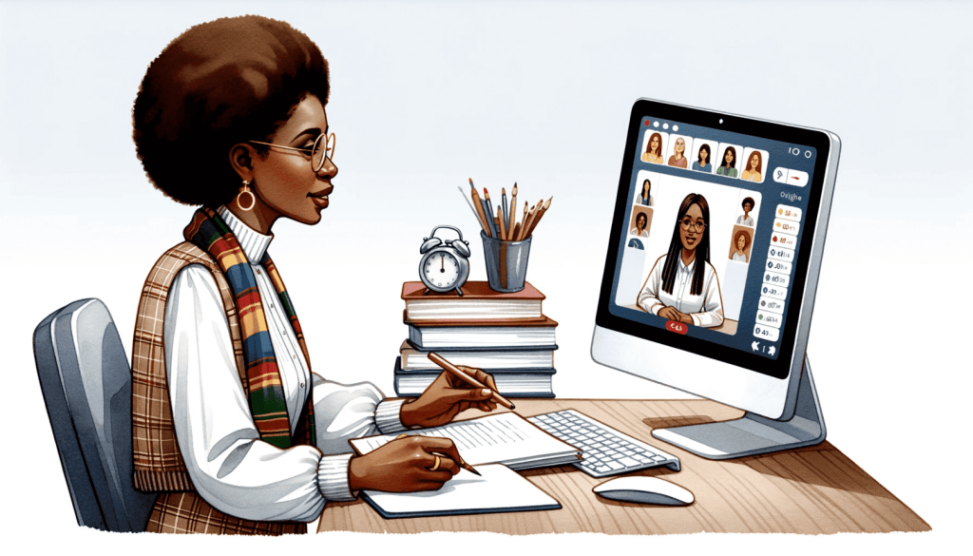
Universal Design for Learning (UDL)
UDL is an educational principle which states that education should be designed based on each individual learner’s abilities, learning styles, and accessubility. Therefore, it should have been flexible to ensure that the learning design respects the difference of each individual.
In my personal experience, I’ve always find it challenging to learn, especially in a large classroom, because I have issues with focusing my attention on the learning materials. Because I grew up in China, which has a more collectivist culture, I find it difficult to learn at the same pace as the rest of my peers. Therefore, I always wished for a more inclusive learning environment, both physical and digital.
Because of that, I’ve also started to think about how I would apply UDL and create a more inclusive environment for my learners. With this in mind, I’ve referred to the following image for inspiration:

To cater to different learning styles, I would incorporate a mix of teaching methods including:
- Visual aids
- Hands-on activities
- Collaborative projects
I would also embed multimedia elements to my teaching materials so that my learners can choose their way to absorb information. It is essential to design curriculum that offers various ways for students to access information and demonstrate knowledge to reduce learners’ barriers.
Here is a video that I found extremely informative in helping instructors design courses using UDL:
Accessibility in Online Settings
Keeping UDL in mind, it is also important for educators to think about making online learning more accessible for all students regardless of their physical abilities, tech access, and learning styles.
I’ve come up with the following strategies based on my own learning experiences. For example, I find that I learn better from watching videos than reading texts. This is why I believe that the same information can have different ways of delivery to ensure that everyone, with different ways of absorbing information, can get the same learning experience.
The strategies are:
- Using universally accessible content management platforms to ensure that all readers and learners are supported.
- Providing alternative formats to learning materials. For example, videos can come with captions and transcripts or PDFs can support text to speech.
- Integrating assistive tools like text-to-speech software, diction plug-ins, or screen magnifiers to assist students with disabilities.
I also find the following video about accessible online learning can be a useful guideline for educators:
Ethical Considerations in Digital Interactions
Lastly, we have to recognize that we live in a digital age where digital interactions become integral to our personal and professional lives. Therefore, it is important for us to think about the ethical considerations, especially when internet’s anonymity and reach can lead to potential unethical behaviours.
I would like to divide the ethical responsibilies into two separate parts for different players in the online field. Both the administrative party, which can be policymakers or platform providers, and the participants, which are users, are equally responsible.
| Roles | Online Partcipants | Policymakers/Platform Providers |
|---|---|---|
| Respect others | Refrain from having misinformation | |
| Think before posting | Maintain privacy | |
| Practice empathy | Promote Inclusivity | |
| Adhere to community guidelines | Implement and govern community guidelines |
